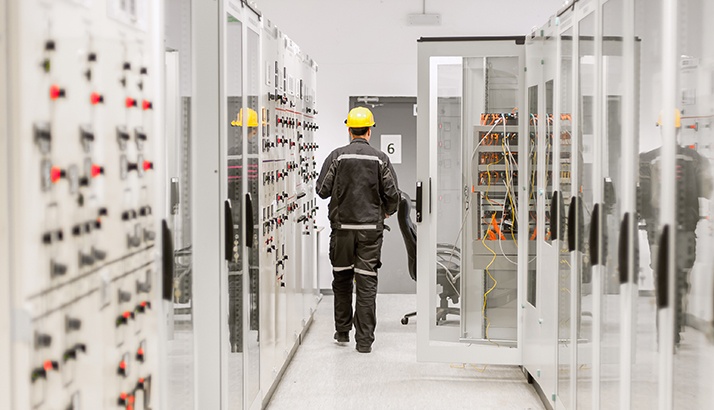
Lone workers are technically anyone who works by themselves without close or direct supervision. Some examples would include sole and isolated fixed location workers, off-shift security and maintenance workers, contractors, installation and repair technicians, and home services providers. An estimated 15% of the workforce in North America and the United Kingdom are lone workers representing a whopping 53 million workers in total.1 Lone work tasks can be required in many industries, some with more hazardous environments than others. Employers who focus on identification of significant lone worker exposures and appropriate control methods can provide a safe working environment for all employees.
Lone worker exposures can be addressed with the same risk assessment processes as other workers, (e.g., job hazard analysis, work practice assessment), including site-specific hazard evaluation of each worksite. Some lone work tasks will clearly show themselves to be low risk, like remote clerical work, telemarketing, etc. Others tasks, like working at heights, working with electricity and chemicals, heavy lifting, will show greater loss potential and need for more stringent restrictions, controls, and monitoring. Completing the risk assessment will help employers identify lone work tasks with the highest loss potential.
Employers with significantly hazardous lone worker exposure should consider developing a working alone safety program, or (WASP). The goal of the WASP program is to specifically address the unique risk factors of this type of work and protect employees from serious injury or loss of life in the event they have to work alone or in isolation. Elements of the program may include task controls, restricted and prohibited work activities for lone workers, and worker training in lone work hazard identification. Supervision including work task monitoring, communications, and obtaining emergency assistance should be included in the program as well.2
While not all lone work will require extensive controls, emerging technology is available to assist in supervising higher risk lone workers. Cellular-based personal monitors can conduct and relay real time hazardous gas and oxygen levels, detect location and motion (or lack thereof in “man-down” scenarios), as well as facilitate periodic check-in communications. Applications are available for all cellular phones to facilitate communications, check-ins, and initiate GPS-based SOS and emergency response calls. Remote video surveillance technology is also readily available. Employers who cannot or do not wish to conduct direct lone worker monitoring can contract with third party providers to conduct this surveillance on their behalf.
Employers who make it a goal to commit to exposure identification and control practices for lone workers can provide them with the same expectation of a safe and secure workplace as those working in group situations.
1Malm, André. “People Monitoring and Safety Solutions.” (retrieved September 7, 2018)
2Straub, Fred. “High Risk, Lone Worker: The Unacceptable Risk.” Professional Safety, Volume 63, Issue 7 (July 2018).

Michael McGowan is the Loss Control Manager with Old Republic Risk Management. He is responsible for assisting policyholders with loss control information and services with an emphasis on carrier service compliance in regulated jurisdictions. Michael is based out of our corporate office in Brookfield, WI.